We live in an ideologically polarized culture; the noisiest religion is a clamoring family values political movement; the liberal left distrusts talk of God. It’s difficult anymore to speak of things like prayer in a rational, quiet, productive way. Spirituality now enters mostly through the side door, when we seem to be talking about something else.
This is one of the most moving essays so far published in Numéro Cinq, not for its secrets confessed or trauma disclosed (though always those are sad enough and never to be diminished), but for its gentle, careful, and intelligent unfolding of the art and throw of poetry and prayer. It reads like an extended aphorism, a balanced equation with poetry on the one side and prayer on the other. “Poetry obligates a measure of freedom: prayer obligates a measure of surrender.” Its references stretch from Stephen Crane to Coleridge to Jean Valentine to the Psalms to the Tao Te Ching. It makes emotional sense of knotty philosophical problems and romantic mysticism by reducing them to the human and the humble, always respectful of the otherness of the Other. “I don’t read poetry or prayer to directly encounter God or The Way. I read both to encounter voice at its most tentatively human. I can only be guided by the unmighty…”
William Olsen is an old friend, a colleague at the Vermont College of Fine Arts, a brilliant poet, and the author of five books of poems, including most recently Sand Theory (Triquarterly: Northwestern University Press, 2011). He has received fellowships from The Guggenheim Endowment, The National Endowment of the Arts, and Breadloaf. He teaches at Western Michigan University as well as the aforementioned Vermont College of Fine Arts. (See a selection of poems from Sand Theory published earlier on NC here.)
dg
On the Prayerful in Poetry
By William Olsen
Here is a poem about the subject of God as figured in the Bible by the young Stephen Crane: it’s from Black Riders. Crane’s poetry was championed by William Dean Howells but parceled out by Howells into single poems for initial publication and, even when published in book form, strictly edited and reorganized—Crane’s intended order lost for decades—because the poems not only seemed so errant in form, but, at the end of our 19th century, alarmingly distasteful:
You tell me this is God?
I tell you this is a printed list,
A burning candle and an ass.
And here is a poem about the subject of God by the elderly Czeslaw Milosz: it’s from Second Space, his final book, one that plays out the struggle between doubt and faith bound to occur for they who think in such terms once personal end-time is imminent:
If There Is No God
If there is no God,
Not everything is permitted to man.
He is still his brother’s keeper
And he is not permitted to sadden his brother,
By saying that there is no God.
Both poems are as modern psalms. Both share elements of prayer at its least pious. Both speakers are dead serious in their humor. No, both are living serious. The former protests; the latter instructs. Both more than allow for disbelief: Crane with acidic refusal, Milozs’s with seasoned acceptance.
Both are spirited. The first is fiercely impassioned; the second is fiercely dispassionate.
Poetry and prayer do sometimes overlap or even co-exist. It is impossible to make a categorical statement about their relationship. But it is possible to volunteer a conditional distinction.
Poetry obligates a measure of freedom: prayer obligates a measure of surrender.
*
For me the most instructive and consoling verse in western poetry appears in the opening of Psalms. As legend has it, Psalms was written by King David for the lyre. David is the archetypical songwriter of western civilizaton. Here is the first verse of the first chapter? song? poem?:
BLESSED is the man that walketh not in the counsel of the almighty, nor standeth in the way of sinners, nor sitteth in the seat of the scornful.
As a reader, I am being asked to enter this gateway to Psalms to hear something other than an almighty voice. I can experience this initial blessing as advice coming from some place other than on high—say, from an absolute power or an absolutely powerful king. Because I am not intimidated by it, I can take comfort from the guidance I seek. I have already stepped out of the way of those not interested in the guidance I seek by virtue of seeking guidance in verse, yet another human activity that is no absolute thing. In the act of reading verse I have already forgotten those who would mock my holy enterprise! At the very outset, this benediction becomes self-fulfilling. This Ur-verse, whether it is prayer or poetry, effaces its authority, so that its reader can follow suit.
The most instructive and consoling verse I know in eastern verse is in the Tao Te Ching, verse 27:
A knower of the Truth
………..travels without leaving a trace
………..speaks without causing harm
………..gives without keeping an account
The door he shuts, though having no lock,
………..cannot be opened
The knot he ties, though using no cord,
………..cannot be undone
This verse also offers a self-effacing counsel for travelling of a special sort: that the traveller does not have to clean up the mess he has left behind because leaving behind a record of the traveller is and never was the point of truth.
The doors and knotty thoughts of Meaning—maybe they aren’t the psychodrama I would like to think they are. This moment of verse largely exists in causing no harm, has nothing to do with gate-keeping, and is anything but abstruse.
I don’t read poetry or prayer to directly encounter God or The Way. I read both to encounter voice at its most tentatively human. I can only be guided by the unmighty, by those who relinquish any authority ordained by cultural identification, those confident enough to surrender confidence, or assumed power.
*
Some of the qualities of prayer crop up in surprising places, and even a skeptical poetry can give off sudden glimpses of a spiritual life. I’m thinking of Robert Lowell, a poet at his splendid best unbound by the very cultural identifications he understands as oppressive, free of the fated familial roles from which he knows there is no psychological or literary escape. What’s most true for Robert Lowell of prayer as it involves poetry is that any human truth is differentiated. Lowell prays for memory and accuracy, not for the imagination, which, it must be assumed, Lowell takes to be innate; and not for passion, which Lowell takes to be a problematic precondition of freedom. His poem “Epilogue” ends with this counsel: “Pray for the grace of accuracy/ Vermeer gave to the sun’s illumination/ stealing like a tide across the map/ to his girl solid with yearning./ We are poor passing facts,/ warned by that to give/ each figure in the photograph/ his living name.”
Lowell’s last book, Day By Day, particularly its last section, centers on spiritual questions and the god idea more directly, really, than Lord Weary’s Castle, the title of which says all you need to know about the wearisome mania of Eliot and modernism that the young Lowell inherited. In Day By Day there is no custodial myth-keeping. As is said of Ulysses, the prototype for the artist in “Ulyssess And Circe,” the first poem of Day By Day, “He dislikes everything/ in his impoverished life of myth.” This recognition could be a deft two-line criticism of the weird poverty or lack of vitality in Lowell’s first book—for him and Eliot the regeneration myths actually had the effect not of restoring but of draining of actuality the human experience poetry is, calling for that much more regeneration myth, and creating an above-the-earth spiral of modernist triumphalism, or as Lowell wrote in another poem, the “climacteric of want.”
In Day By Day the god idea is brought up, like everything else of crucial significance in this book, casually. It is prompted by a masculine tradition but it is figured in feminine terms. Not an innovation, figuring the divine in terms of the beloved, but in Day By Day the divine beloved is earthly. The healing consists of coming down to earth from unearthly spiralings. That’s what happens in Lowell that doesn’t get talked about: amidst any turmoil of spirit or technique one can find a preternatural calm that really is like nothing else in English poetry. In “Caroline In Sickness,” a poem to an ailing wife from a speaker himself struggling through the last challenging year of his life, Lowell strikes, I think, some of John Donne’s own radical sincerity: the divine is more thoroughly transformed than ever into the beloved, precisely because the beloved herself is ailing and mortal and flawed and merely human. As in Donne’s most intimate poem “A Nocturne Upon St. Lucy’s Day, Being the Shortest Day”—an improvisation of sorts on the trope of the dark night of the soul made actual because the poem is not about a Beatrice-like fantasy but about a dying wife, the real loss lived through, without the theatrics of being battered—in “Caroline In Sickness” it is not the spectacular metaphysical couplings but, to quote the single most instructive phrase from Donne’s poem, the “ordinary nothing” moments of personhood in the poem that are innovative.
Here is Lowell’s prayer to his beloved, not dead but suffering the ordinary afflictions of late-middle age:
Caroline In Sickness
Tonight the full moon is stopped by trees
or the wallpaper between our windows—
on the threshold of pain,
light doesn’t exist,
and yet the glow is smarting
enough to read a Bible
to keep awake and awake.
You are very sick,
you remember how the children,
you and your cousin,
Miss Fireworks and Miss Icicle,
first drove alone with learners’ cards
in Connemara, and popped a paper bag—
the rock that broke your spine.
Thirty years later, you still suffer
your spine’s spasmodic, undercover life . . .
Putting off a luncheon,
you say into the telephone,
“Next month, if I’m still walking.”
I move to keep moving;
the cold white wine is dis-spirited . . .
Shine as is your custom,
scattering this roughage to find sky.
There is a coarse delicacy to this tonal and textural mess. The roughage must be assumed to be not only the images of this poem about the ordinary burdens, but also the narcissistic passions and thoughts and artifices of the poet-speaker, and perhaps the roughening up of tradition by the poet himself, freed here of Big-Time Agon-ism and perhaps as well from such rough times as this poet has put himself through. Custom is evoked, almost casually, in an ordinary, unassuming gesture, and with it all of Influence, at its most elemental—the moon, which in an earlier poem of Lowell’s called “History” “a child could give . . a face, two holes, two holes/ my eyes, my mouth, between them a skull’s no hole.” But “Caroline In Sickness” ends not on a self-portrait of history or on an emblematic death face. It is prayerful. It is heard by some other, drawing attentiveness outward not perhaps to vision or epiphany so much as to clarity and to an unintrusive, clear look at the heavens, or “sky.” This poem ends on a grace note of address. It does so in an achingly contemporary way, wholly aligned with human experience. Some stalled but unremarkable or “ordinary” despair seems to be almost audible between in these endstopped lines and these short-breathed phrasings. The spectator first person “I” is curiously effaced here from as many descriptive junctures as possible. And actuality is added to technique. One night. Wallpaper. Comically apocalyptic childhood names of the poet’s beloved. No thunderous occasion. The experience of the occasion is not irrelevant. But this is by no stretch of the human imagination an occasional poem, as the human condition is not most deeply understood as occasion, or even art, but as the possibility of a human voice rising to plea and permitted directness and personality as by some unspoken trust.
*
“The sense of justice is an enemy to prayer.”
I remember coming across this—what would you call it?—an assertion, an observation, a statement, thinking out loud, whatever it is that it should take up a whole page in Unattainable Earth, another later-career book by Milosz. However grand the idea may be, the language sounded ordinary—it didn’t sound like poetry at all: but I liked the challenge it constituted. For years this one-sentence page attracted me into misprision. That is, I read it wrong. I read it to mean, the sense of justice is an enemy to wishful thinking. Because I myself assumed prayer to be wishful thinking. To be magical formula. And because I assumed religion to be, along with capitalism, the greatest perpetrator of human oppression. So prayer would be an enemy to justice. Just to pray is not to act. Prayer is self-motivated, isn’t it? And I am not!
It occurred to me years later that this line is freighted with rich Blakean contraries: justice and prayer, ever in need of reconciliation. Injustice motivating prayer. Only in the last few years have I acknowledged the power of saying that the expectation of justice—if justice consists in waiting for the world to change before one can take up some responsibility for it and commit to an irreversible interest in it—can be an enemy to prayer. As in: the world isn’t fair, so why should I bother asking for guidance, why bother asking for anything? I don’t feel unconditional love of god or of anything, powerful or powerless or creaturely or human. I feel unconditionally aggrieved.
I have heard this line now so many times in my head that it has become something like a mantra. It turns me inside out and back into the world as it is and might be, and it does not cancel either justice or prayer but calmly evokes both. That is how I hear it now, today, at the moment I am writing this. As something I wish to hear. As something, in order to hear, I must say out loud in a way. Science now tells us that reading literally activates many of the same facial muscles that speaking does. Speaking and listening at once, each the same and ever the other—poetry can call both into being.
My favorite line of Whitman is from his long song of the earth “The Compost”:
Now I am terrified of the earth, it is that calm and patient.
As one ages, perhaps there is happiness only if, as Lowell puts it, there is a “terror in happiness . . .”
I now imagine I can hear some of that calm and patience, and even perhaps the terror, in the little bit of Milosz that takes up an entire page.
*
Imagine a prayer without exhortation, exclamation, apostrophe, avowal, thanksgiving. Imagine a poem that achieves a significant degree of stillness in the very act of reaching out to be heard, with no such exact division between speaker and the divine, only finalized meetings of addresser and address that defy some of the more stilted workshop notions of audience.
“Be still and know I am God,” Psalms 46:10. Still, from the Hebrew “rapha,” to let go, to be weak—weakness, not power, at the heart of faith. Or to cause yourself to let go, to willingly turn your life over—“rephai’im” is also used sometimes as a synonym for the place of the dead.
Be still and the division between dead and living, and the division between the writer-and the reader, dissolve. Jean Valentine’s poems bear likeness to prayer in this regard. They are not liturgical. They seem to come out of something like meditation, or what some orders call contemplative prayer. In their stillness, voice moves first inward, then outward. “But when you pray, close the door, go into your room” (Matthew 6:6). No workshop I have ever been in has offered more practical counsel to an aspiring writer! Writing poems calls upon at least that much seclusion. To be sure, it might be easy to view contemplative prayer as the culture views poetry: non-outcome oriented, inactive and non-productive. And a poetry that is even a little like prayer calls its writer, and its readers, away if never entirely free from more overtly public modes of discourse.
Elements of contemplative prayer and dream are united in Valentine’s poetry—by the very real need of healing. One reality of meditation and prayer, and, perhaps, of at least one sort of poetry—is healing. A prayerful poetry that attains to the reality of healing requires not just physical seclusion and silence but a deeper silence, a silence of a different order, a being still, or rapha, a letting go—a trust—not so unlike negative capability as all that.
Here is Valentine’s most public prayer: ruthlessly honest, it is not a cri de couer. It merges song and utterance and masters noise: it utilizes only to collapses pronouns “I” and “we,” also collapsing “I” and “Thou”:
I came to you
I came to you
Lord, because of
the fucking reticence
of this world
no, not the world, not reticence, oh
………..Lord Come
………..Lord Come
We were sad on the ground
We were sad on the ground
“Fucking reticence,” a phrase that the poem maybe finds to be too glib, too defensive, falls short of sounding defiant. It authenticates this public avowal of the lyric self, flipping to testimony, recouping in a kind of verbal ritual—of chant, of verification through incantation. A lower case “you” inflected into the upper case “Lord”; the chant summoned and become foundation, against an emphatic if heartbreaking claim on earth, or home, or homeland—an earthly source. At its most elemental, “ground.” Whatever public plague or ceaseless war or desolation visited upon the “we” in the last two lines is lost. Voice, bared of all the veracity of public record and of history, remains. Plea. Petition. And precisely because voice does not produce any visitation here, it holds up. It bears itself. The last two lines are both tenacious and vulnerable. They are an irrefutable statement of acknowledgement, so they have healing power.
Here is a far more introspective poem by Valentine, the title poem of Door in the Mountain:
Never ran this hand through the valley
never ate so many stars
I was carrying a dead deer
Tied to my neck and shoulders
Deer legs hanging in front of me
heavy on my chest
People are not wanting
to let me in
Door in the mountain
let me in
The circumstance seems dream-like, and primitive, an archetypal vignette, perhaps, of hunting? Or is the circumstance a default grieving? The “what” or “which” is beside the point, but the burden is not. In either case, how actual this meditation is in its details: not “dreamy” but physical, concrete, bodily. Every stanza. Spiritual progress not by way of public testimony, but by way of inwardly turned address. Not towards verification of cultural identification. A mountain that cannot be found on a map and a door: back to animism: and the quiet, universalizing yet self-differentiated utterance “let me in.” The voice here is not particularly vatic, the vocal gestures are all downsized to human. The poem ends not with the shout of demand, or the whisper of capitulation but with an audible human plea to something other than human.
The voice is pressed outward.
*
When my wife and I fly together, sometimes as a measure against fear she will recite to herself the last stanza of Coleridge’s “Frost At Midnight.” Said a few miles up in the air, perhaps it restores her to earth. It is addressed not to the divine but to Coleridge’s son Hartley, yet it bears evidence of some order that is other than human, that culture—and horticulture—may embellish but does not invent:
Therefore all seasons shall be sweet to thee
Whether the summer clothe the general earth
In greenness, or the redbreast sit and sing
Between the tufts of snow on the bare branch
Of mossy apple tree, while the nigh thatch
Smokes in the sun-thaw; whether the eaves drops fall
Heard only in the trances of the blast,
Of if the secret ministry of frost
Shall hang them up in silent icicles,
Quietly shining to the quiet Moon.
“Heard only in the trances of the blast”—Coleridge’s single-most frightening line. In part for its quiet, the understatement of something like a terror in happiness. Unheard, or heard to no effect, except that of trance and turmoil. Over and against such oblivion this verse paragraph merges the seasons in an address from father to son that is a benediction of secular ministry, moving from bounty to clothing to shelter and finally taking us out of doors and into winter. It hangs so long on the line break following the comma after “blast” that voice seems almost to lose heart, and yet only after this quiet hesitation can the tentative conditional “or if” initiate a self-fulfilling vision of selflessness. “To” is the most important, the most prayerful, if you will, word of the last line. Not “at.” Not “under”. All actuality, even when silent, is expressive. Creation always speaks out to farther reaches of creation. The sentence weaves the seasonal into simultaneity, relativizing space and time, till the future happiness of the child implies the future absence of the father, and revelatory stillness hangs like a drop on an icicle.
*
“Absolute attention is prayer,” Simone Weil said. “Something understood,” George Herbert says of prayer. Disciplined, jaw-slack listening. Deliberately awestruck gaze.
You look at the world and it may seem whole or it may seem broken but the world looks back and some sort of reciprocity that is not romantic and is not of any school of poetry or any single denomination happens, and in our absolute attention we feel attended to:
………………………... . . for here there is no place
That does not see you. You must change your life.
*
You can’t very well fall into contemplation or attentiveness and beat your chest at the same time.
*
The world of dew
is a world of dew,
and yet, and yet—
Issa wrote this poem upon struggling to come to grips with the loss of his baby daughter.
I am not qualified to talk about poetry as prayer. There’s not a poet in the world qualified to talk about poetry as prayer.
*
Even if it were possible, I would not wish to write down and share any prayers I pray deep into a sleepless night.
*
Novismus. The newest thing there is. Closer to thee than thee. This freshness: it is not always found in prayer or poetry.
*
What poetry I experience as prayer is not ever my own but always that of others. When I say to myself George Herbert’s “Bittersweet,” I can hear prayer in it, in both the rhetoric and the spirit of it, and I can hear it and use it and be used by it as by prayer. But I can talk about it only as poetry. Its motive is, as the prayer by St. Francis put it, “not to be understood . . . ”—and isn’t making yourself understood a limiting, workshop-ish concern—but “to understand”:
Ah, my dear angry Lord,
Since thou dost love, yet strike;
Cast down, yet help afford;
Sure I will do the like.
I will complain, yet praise,
I will bewail, approve:
And all my sour-sweet days
I will lament, and love.
“Bittersweet” has only a twinge of the vernacular that erupts in Valentine’s “I came to you,” but the effect is the same: “ah, my dear angry Lord” introduces a familiarity between listener and speaker that is not possible on anything but intimate terms. So this poem breaks with the vatic, the liturgical. It turns divinity into an intimate. It has proleptic effects in its balancings of contrasts like “love, yet strike,” “cast down, yet help afford,” “complain, yet praise,” bewail, approve,” and the homely “sour-sweet”—so that the linkage of lament and love at the end, a personalized notion here, seems as inevitable as it does fresh. A subliminal paradox of grace and will resides at the last in an instable syntax. The last two lines—“and all my sour-sweet days/ I will lament, and love”—is the sense here that the speaker is bound to lament, and love, for the rest of his days, or that he chooses to lament and love these selfsame days? Free will or grace? And that last comma. The little hitch of it, the hesitant lump in the throat of it.
Perhaps a single ordinary day of turmoil is what this poem responds to. No more, no less.
This poem about affliction’s spiritual functions is voiced on a human scale, not a transcendant superhuman scale.
I have come hear this poem the way I hear the Milosz line, as a charm as much as a poem. But it is a faithful charm. Its sincerity is different than the sincerity that we look for in contemporary poetry: its authenticity seems not finally to lie in its spontaneity but in how considered and even pre-tested it sounds. The willingness avowed here seem already to have been experienced. I think a line from of Bob Dylan’s great song “A Hard Rain’s Gonna Fall”: “But I’ll know my songs well before I start singing.” Or apply to poetic practice what Herbert says in The Country Parson, a prose instruction manual from one parson to others and something of a self-help manual for anyone else: what is needed for a sincere poetry is a capacity for “dipping and seasoning all our words and sentences in our hearts before they come into our mouths, truly affecting and cordially expressing all that we say, so that the auditors may plainly perceive that every word is heart-deep.” Herbert does not storm the gates of the divine nor does he need to be stormed and ravaged as his friend John Donne did in his Holy Sonnets. Instead, he deliberately submits to a stillness that creates the latitude necessary for some crucial reconciliations. There’s cordiality here—contemporary readers of poetry, imagine that! Not poetry as divine struggle. Poetry as plea.
*
Odes to and for the beloved or odes to the moon or odes to the glass of water on the bed table or odes to rust stains on the ceiling or wet newspapers or unpaid bills scattered across the face of the earth are as prayerful love poems to and for the same each in all.
*
A prayerful poem simultaneously praises and protests.
*
Twentieth century poets who wish for poetry a more public role are unnecessarily confounded by the seeming inaction of poetry. But that gets changed in Fannie Howe or in Muriel Rukeyser—all the possibilities of the psalms, including outrage, are restored to poetry. For W. H. Auden, until his conversion to Catholicism, Christianity implied a covering up, and phony sublimation. For me it is still his secular poems that come closest to the healing quality of prayer. In “Sept 1, 1939” with its unifying yet self-differentiated affirming flame. Or in these holy lines from “Homage to Sigmund Freud”:
But he would have us remember most of all
To be enthusiastic over the night
………………….Not only for the sense of wonder
………………….It alone has to offer, but also
Because it needs our love: for with sad eyes
Its delectable creatures look up and beg
………………….Us dumbly to ask them to follow;
………………….They are exiles who long for the future
That lies in our power. They too would rejoice
If allowed to serve enlightenment like him,
………………….Even to hear our cry of “Judas,”
………………….As he did and all must bear who serve it.
The terms for the father of psychoanalysis and for a teacher figure could not be much more religious here, and there’s a winsome sabotage of propriety in the implicit comparison of Freud to Jesus. This passage is more rapt and has more stillness than maybe anything else in Auden. It runs deep by going for broke, and it goes well past broken. It opens up to the subconscious. It extends an allusive invitation to human needs, and in its disintoxicated reasonableness it manages to outfox the logic of suppression. That is, it opens out to vastly internal transports. In an unprecedented way—consider, for instance, how distanced by second-hand attribution and how dispassionate in tonal register “our cry of Judas” is here—the voice is one of sanity and humility. At this charged moment, when the underlying mode of elegy defers to contemplation, the poem becomes prayerful.
Auden again, this time in his elegy for Yeats:
“For poetry makes nothing happen: it survives
In the valley of its saying.”
Poets, who should know better than to depend on cherry-picked one-liners, often tend to remember the phrase “poetry makes nothing happen” and to omit the following phrase “it survives . . .” To survive, poetry must be passed on, not in the valley not of death but in the valley of saying.
In a poetry that uses a kind of intimately public correspondence, in the manner of the Epistles in the New Testament, Auden’s elegies to Freud and Yeats permit the essayistic into poetry, thereby lending the poems—poems of unflagging belief in the ideal of a selfless ambition—a candor of the personal and the citizenly: not a one-size-fits-all voice, but a more reliable voice, the voice of one. The poet as citizen, not poet king. And without reneging on how indispensable poetry can be. Auden is as a secular Paul in his mid-career public poems, writing contemplative, prayerful epistles to hitherto unenlightened lands.
*
The latitude Auden brought to something one might call a prayerful poetry may still be more or less unsurpassed. Yet there is an accommodating ease to these poems. Tory Dent gets at a tough, even confrontational kind of contemplation. Her “Atheist Prayer” in Black Milk, her final book, is a heartbreaking marvel of a long poem and I wish I could quote all of it. Dent’s poetry enjoys some of the rich spectrum of subjects that the Psalms do: politics, history, personal loss, heedings, advice, protest, bitterness, gratitude, self-revelation, avowal, appeal. Radically sincere contemplation that can rise to outrage. “Atheist Prayer” is a prayer addressed to, among any and all other senses of audience, the polis. In it, prayerful poetry is not a matter of begging or groveling. And its voice is not that of a single tribe or nation but of the whole tortured earth:
This is what suffering reduces you to,
as the Hanoi Hilton inmates attest,
those who signed confessions after weeks months years of torture,
“they can make you do what you don’t want to do.”
So we begged from North Vietnamese angels and Nazi party angels,
we begged from apartheid angels and Reaganite angels,
we begged yoked and harnessed by their self-imposed glory,
their smug, omniscient unattainableness,
and we actually cried from the inanition of our begging,
so vary attainable were we in contrast.
Our words uttered in unison, words gestate in the stomach and groin
rather than larynx, brought us, as if strong-arming us to tears,
to cry the spirit-breaking kind of cry only total defeat produces;
the self-lacerating, wholly humiliating, soul-eradicating kind;
the wounded, the sick, the lynched, the historically persecuted kind;
the kind emitted perhaps from those engraved names we read nonsensically
after a while, like calligraphy or hieroglyphs, on memorial monuments
decades later; multitudinous objects of genocide
who most likely begged, in rushed elliptical entreaties, for their life
from the small, dark corner of what’s left of their life,
Don’t you know yet?—
You, who have not had to beg yet,
listen to the coffin maker running out of nails,
listen to the yelling of babies, orphaned and red-cell depleted
who must receive transfusions with HIV-contaminated blood
because the clinics can’t afford the requisite lab equipment
for seropositive testing. There are no metaphors,
no “happening” adjectives or interesting, original uses of language,
no new line breaks,
You just have to smell it. . . .
Prayerful? There is gravity here and, yes, hope. “Atheist Prayer” is unguardedly current in subject matter—AIDS, the plague of Dent’s generation and here with us today, right now. Unguarded in its devotion to accuracy and memory, it dispels the mania of contemporary poetry for innovation. This is a poetry that refuses to say no to any subject matter, or any level of degradation. Or any level of human indifference—“the greatest of all human cruelties,” Proust said. “Atheist Prayer” is only seemingly defaced and profaned by fact, by science, by holocaust, by sweeping comparison, by not-so-immortal public shrines. Its voice does not at all seem to be coming from behind the pulpit: the poet is in fact speaking from a death bed, and the poem, however essayistic, is not a lecture but rather an explosive kind of intimacy—through a language at some points poetic and at some points informational and scientific and at some points vernacular and at many points openly heartrending. “To cry the spirit-breaking kind of cry only total defeat produces” is as heartrending a line as poetry can produce. The fellowship the poem propounds is of the elemental sort. “You just have to smell it. . .” however foul. “Aethiest Prayer” is a bardo. Of lament, and love.
With no new line breaks . . .
Whether poetry can be prayer—may that be fodder for the sophists. I live more fully on this earth when I read this poem, if only to myself.
*
Adam Zagajewski:
I now think that introspection is pure boredom—that is, if you see introspection as self-absorption, and not as attending to the voices of others, the living and the dead.
And again:
Introspection isn’t boring when it’s transformed into prayer. It’s directed outward then, toward power. It becomes an arc linking weakness and strength.
*
I find myself almost at a loss for words. Maybe a prayerful poetry speaks out, or intuits outward, with utter familiarity, in a voice rendered more not less vocal by discord, radically sincere in its testifying. The human voice sounds not so much defiant as—and this must be an effect of cadence and syntactic spell—almost serene, and not to the purpose of compliance or bliss but to the purpose of action—in the case of the speaker of “Atheist Prayer,” a woman on her deathbed, the action of words, of getting it down in words humanly holy all the way to the end. A prayerful poetry is a construction, as any poetry is. A prayerful poetry is also a dialogue. A cleansing, towards healing. Yes, it has power, to be sure, but it can be almost unbearably open about its needs. In the case of the passage from “Athiest Prayer,” what power makes possible is vulnerability. Willingness. The facts may remain unshaken. The silence surrounding these facts is broken, though.
For David Wojahn
—William Olsen
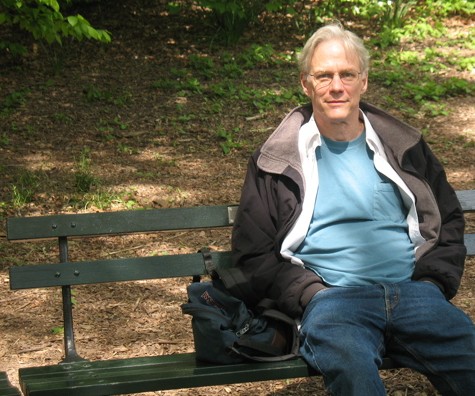
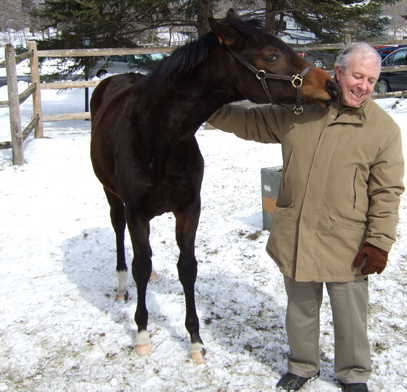
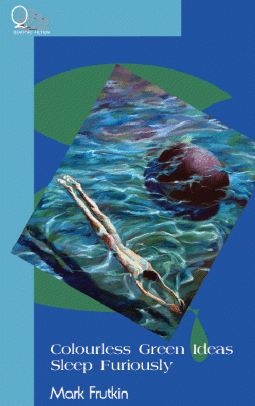


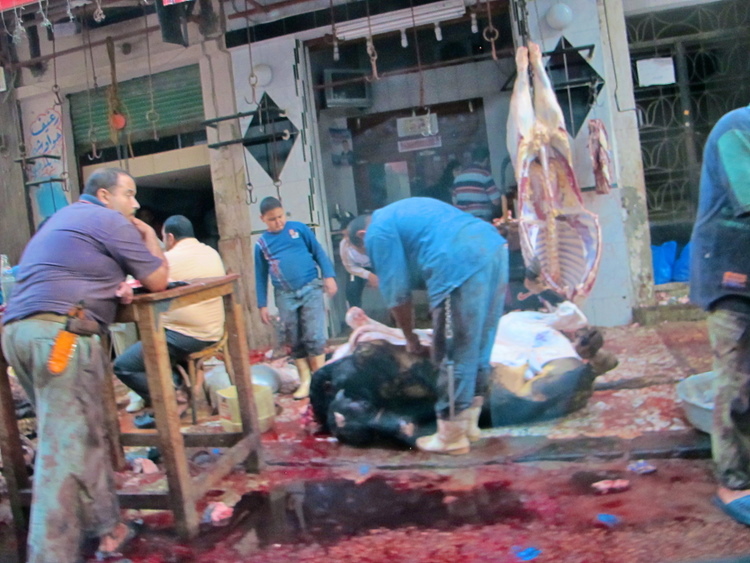

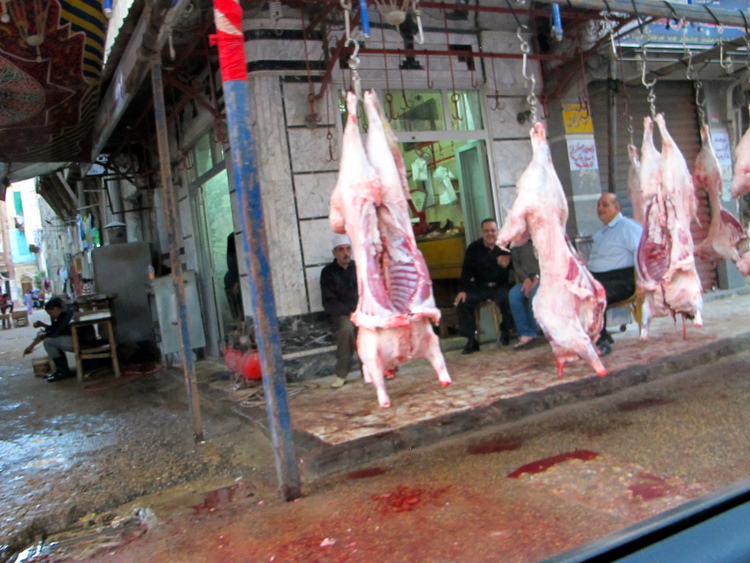



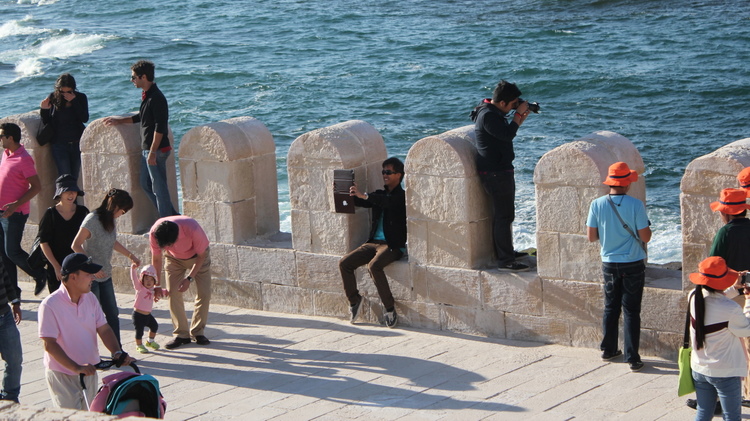
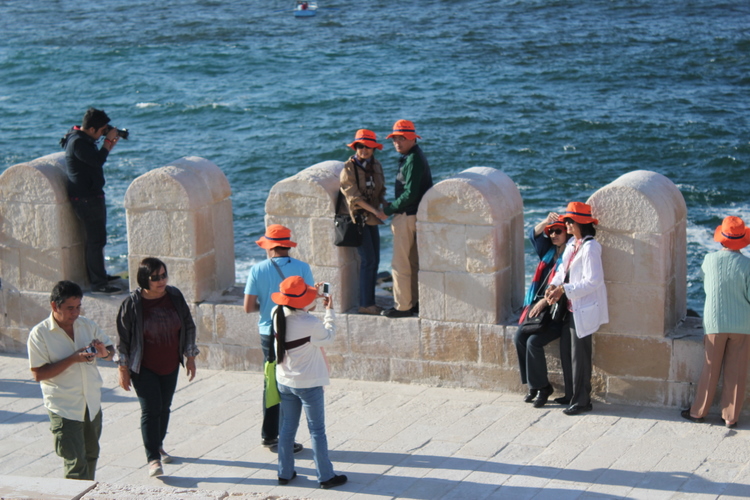

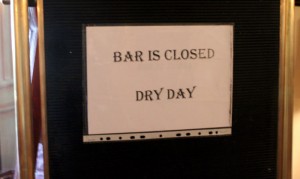
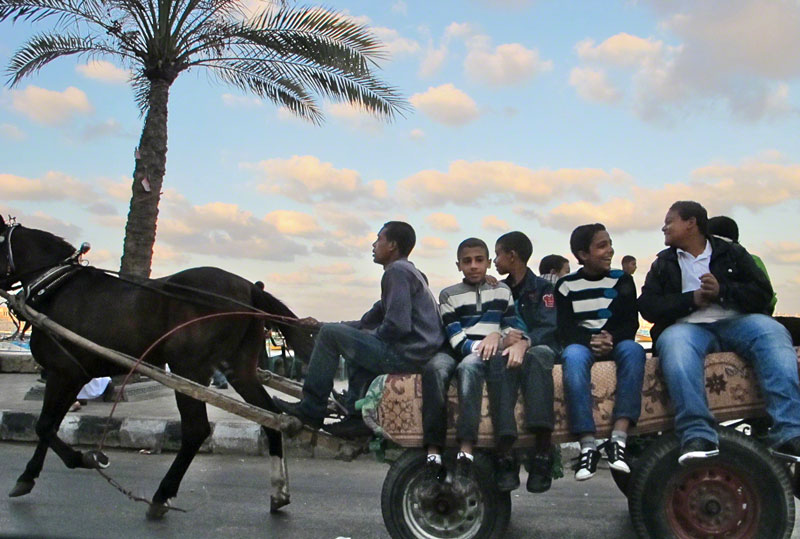

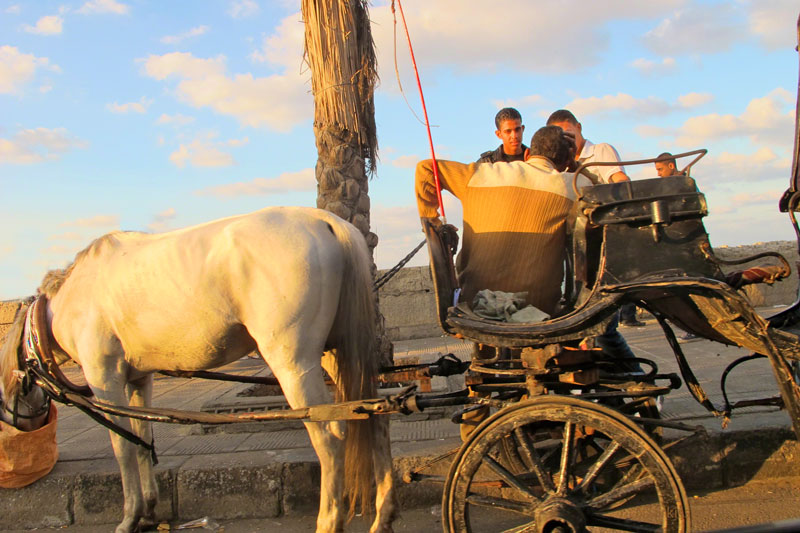
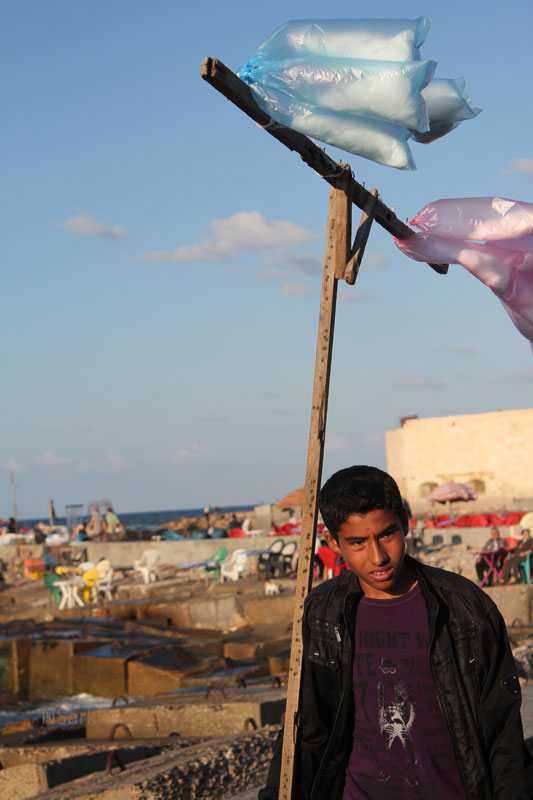

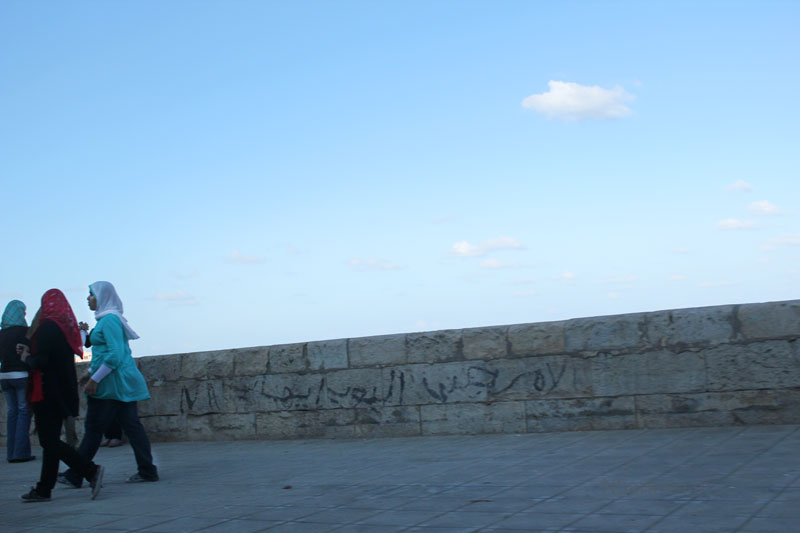


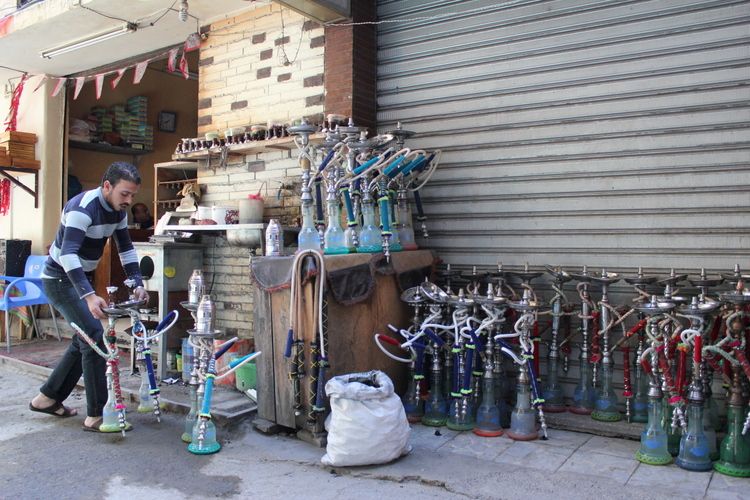




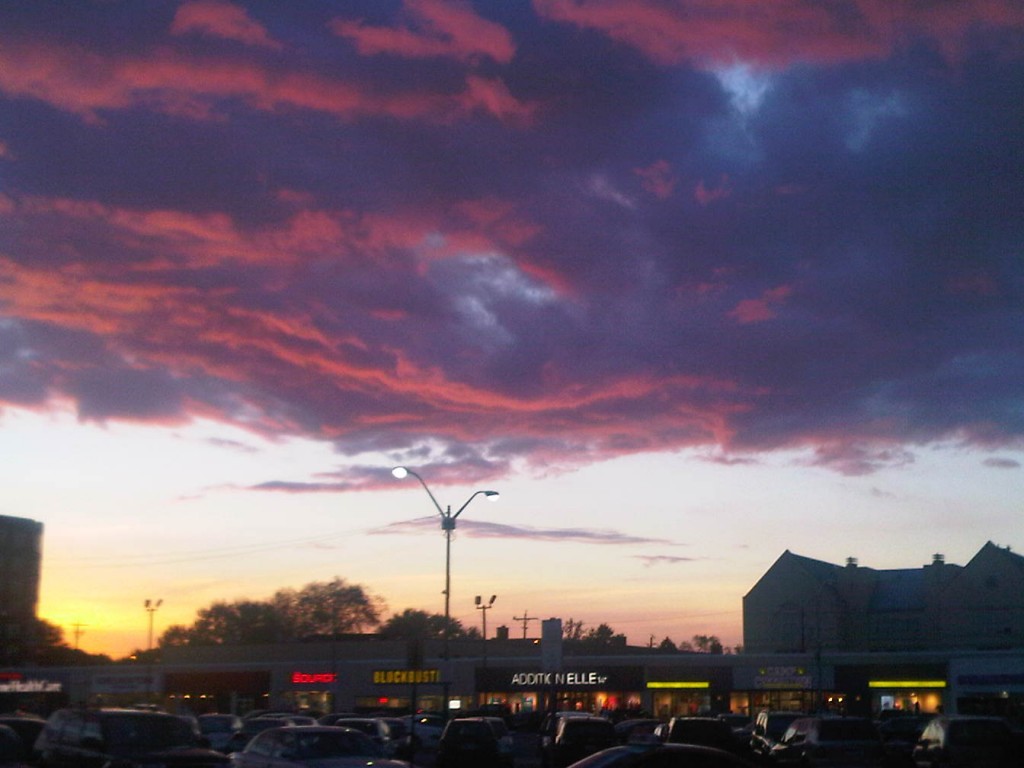

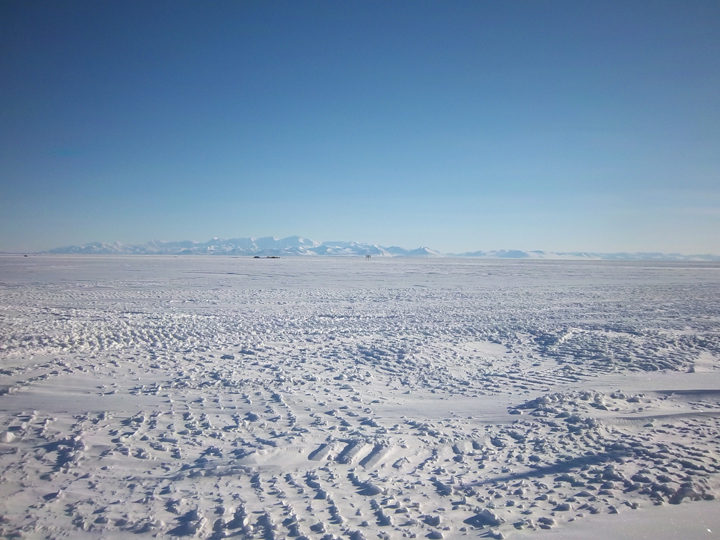
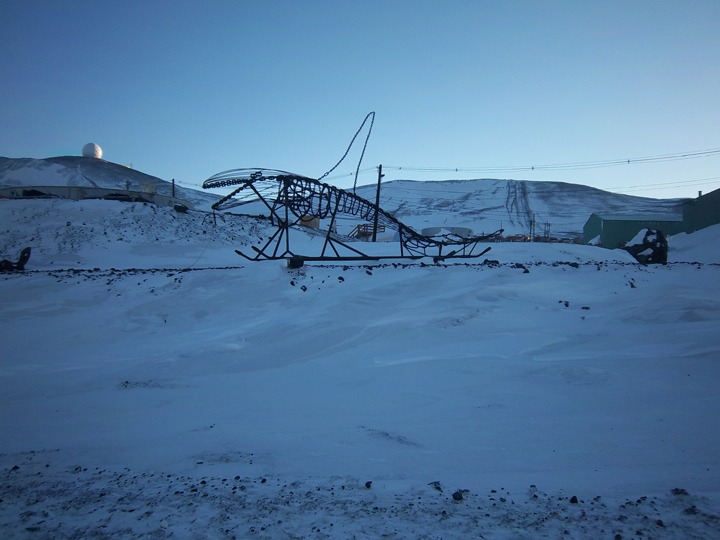

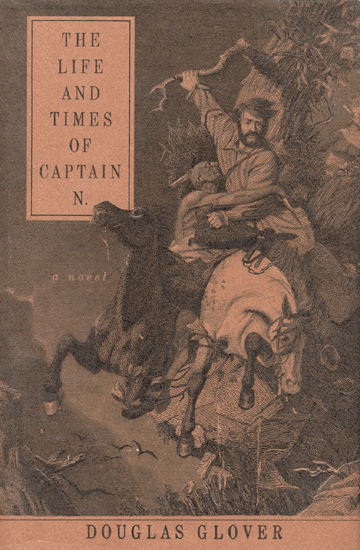
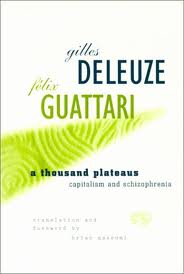
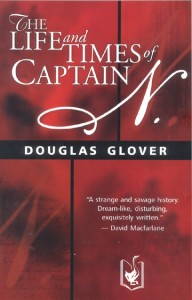
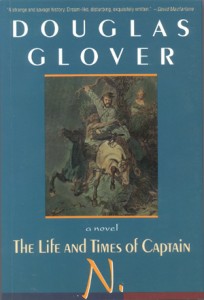

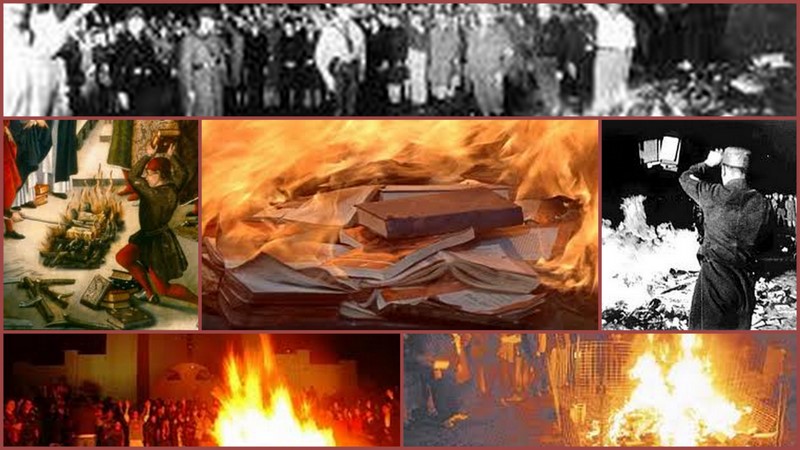
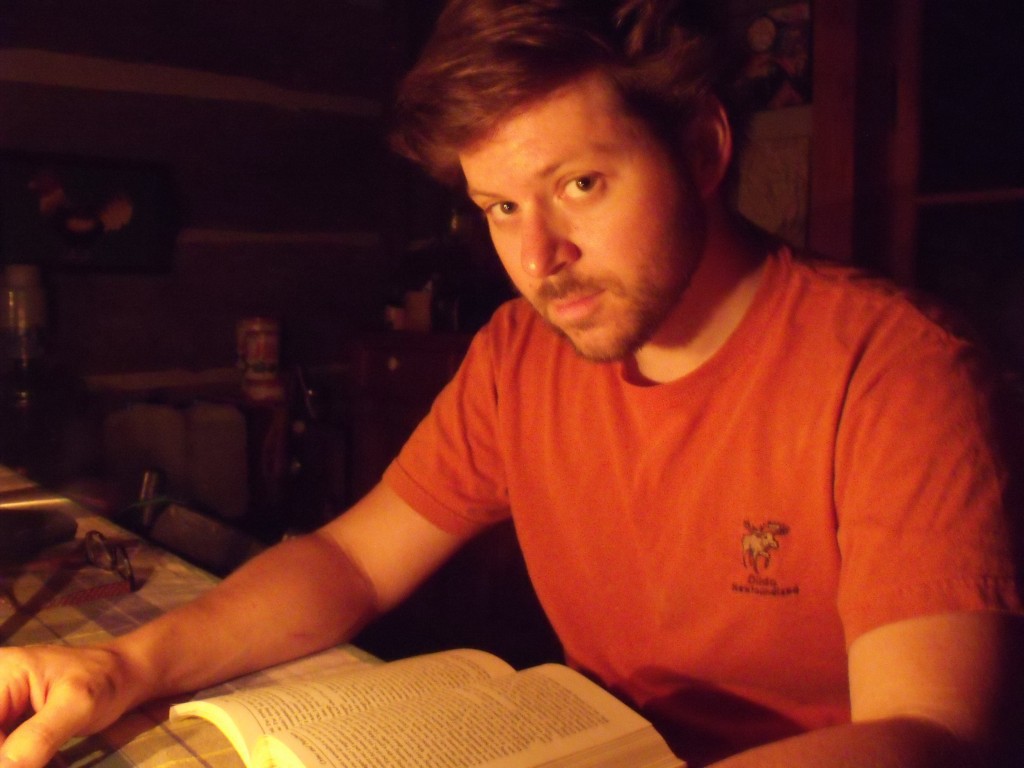
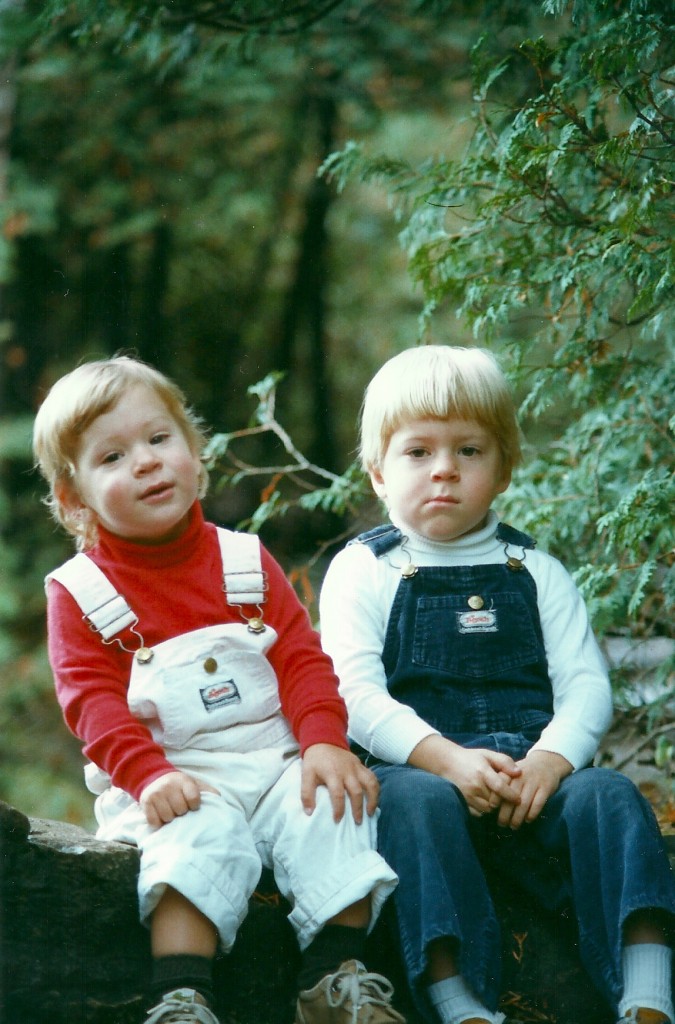





















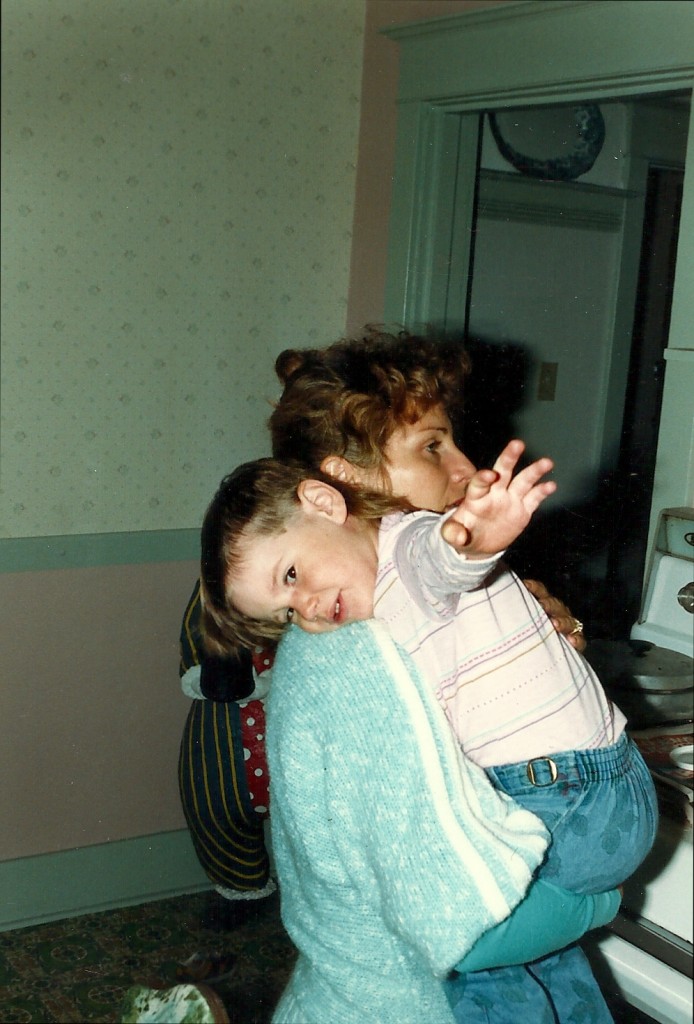



































































 The song, “Almost Independence Day,” was recorded on the album
The song, “Almost Independence Day,” was recorded on the album 
